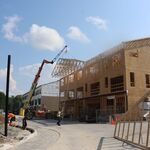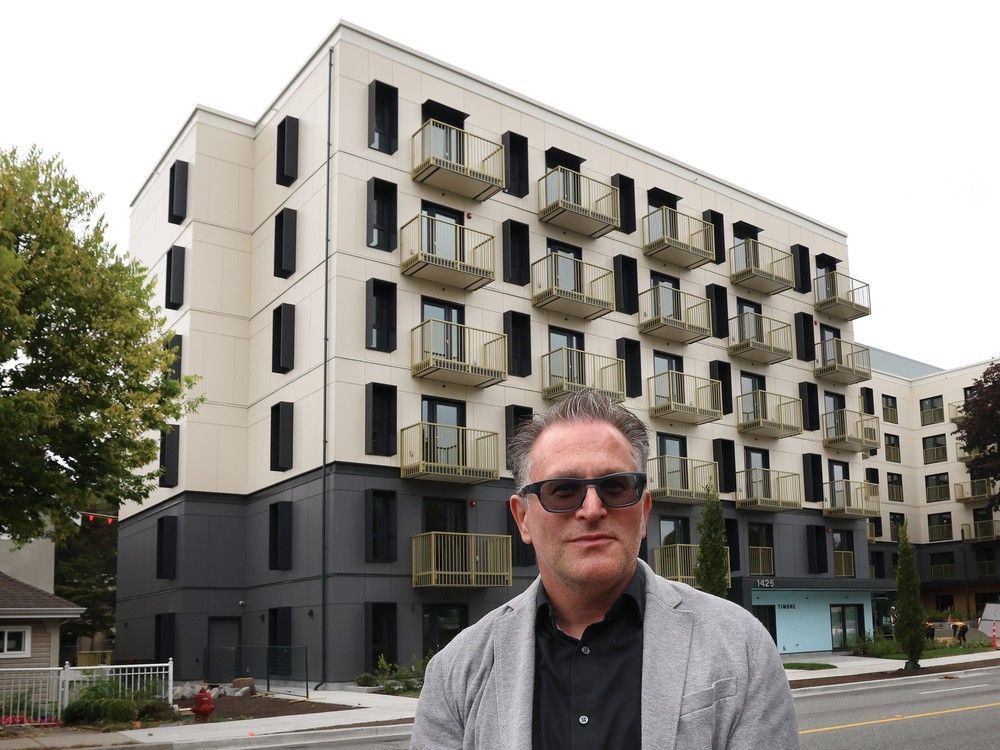Northern Light
Superstar
Is it really that relevant to have "massive density" concentrated around transit stations now that city-wide zoning reforms are being implemented to bring missing-middle style density to all the major streets as of right?
There will be added density around transit nodes regardless. This is already being proposed by developers and generally supported by the City.
But it won't (at least in the near term) happen under the MTSA banner.
There could be some modest reductions in height ambition.........but that's not a given, at least where the City is receptive.
Spreading density along major corridors makes sense, but its not an either / or proposition so much as an 'and' proposition.
Last edited:






